Looking for sightseeing during your holiday in the Canary Islands? We have compiled some reviews of the best places of interest in the Canary Islands. Our selection, written by local experts, shows you the best places to visit and attractions for all ages and budgets, as well as travel tips.
Discover the seven islands, their famous cities, must-see places and even travel tips and tourist recommendations.
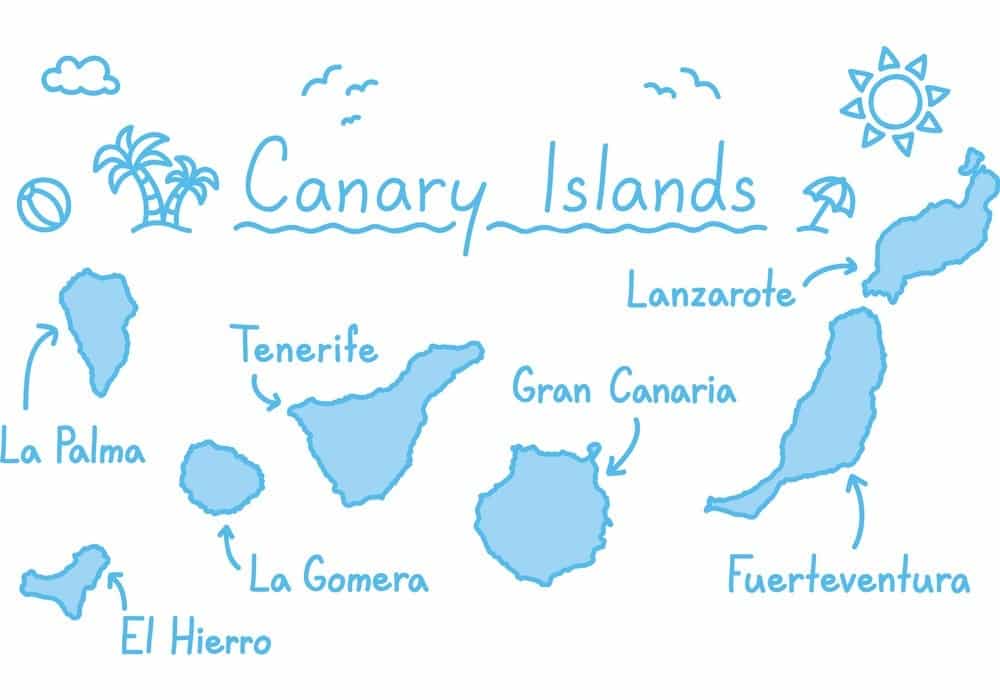
ADVICE ON TRIPS TO THE CANARY ISLANDS
Welcome to the Canary Islands! Don't be shy and enjoy every island. Don't worry about anything: the Canarians are used to tourism and it is a safe community.
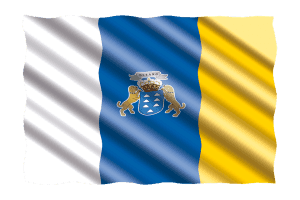
Why is the Canary Islands a low-risk zone? There is a good police presence, crime is low, it is a gun-free archipelago and, probably most important for you, lifeguards are constantly watching the beaches.
But beware of theft! So relax and read some tips for your holiday in the archipelago of the Canary Islands before reading the Canary Islands sightseeing tips..
- Don't forget to drive on the right.
- Beware of currents and swell as they can be strong, especially on the west coast of Fuerteventura.
- Drink bottled water.
- Use sunscreen and stay hydrated.
- You don't need vaccinations.
- It is illegal to drink in public areas and the legal drinking age is 18.
CITIES OF THE CANARY ISLANDS
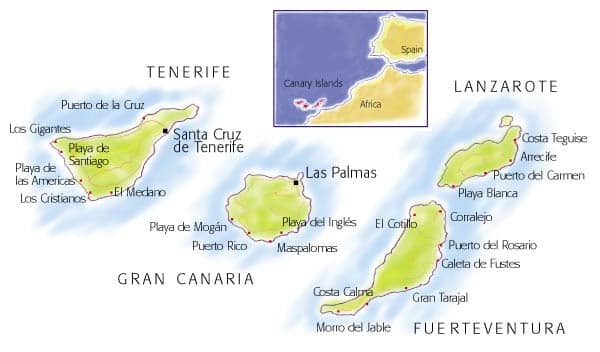
Here is a brief description of the villages of the Canary Islands so that you can decide for yourself which one offers you the best points of interest in the Canary Islands.
The capital of Gran Canaria is Las Palmas de Gran CanariaTenerife has its heart broken in two main cities. On the one hand, a stroll through San Cristóbal de La Laguna is a journey into history. Its streets mix attractive commercial, gastronomic and leisure activity with monuments and historic buildings.
On the other hand, Santa Cruz de Tenerife celebrates the second largest carnival in the world. Other recommended towns to visit are La Orotava, Candelaria or Puerto de la Cruz. Arrecife belongs to Lanzarote and has a strong maritime atmosphere. Don't miss the castle of San Gabriel and its small island, the bridge of Bolas, the lagoon of San Ginés, the beach of El Reducto and the new marina.
Puerto del Rosario is the capital of the second largest Canary Island in Spain, Fuerteventura. One of the highlights is the Paseo Marítimo, an open-air gallery full of sculptures.
Santa Cruz de La Palma is the most beautiful main town on La Palma. It is a compact town that stretches along the coast, flanked by green hills and has an impressively picturesque centre. Seven things to see or do there: visit the Museo Insular de La Palma, the Museo Naval and the Church, hide in the water tunnels, see some of the huge telescopes along the Caldera del Taburiente National Park or stroll through its historic streets and go shopping. between the cobbled streets and the two jewels in the crown are San Sebastián de La Gomera and Valverde, capitals of La Gomera and El Hierro.
San Sebastián de La Gomera tourists with a fondness for the historical places and points of curiosity of the Canary Islands will surely enjoy: Iglesia de la Asunción, Torre del Conde, Casa de Colón, etc. Did you know that Christopher Columbus made the voyage that changed the course of modern history from the port of La Gomera? Christopher Columbus arrived in La Gomera after leaving the port of Huelva in 1492.
ValverdeIt is the only municipality on the island that is not by the sea. This town is an example of typical Canarian architecture, with buildings and sculptures dating back to the 18th century. But we recommend you get lost inland and discover El Hierro.
Maspalomas: places of interest
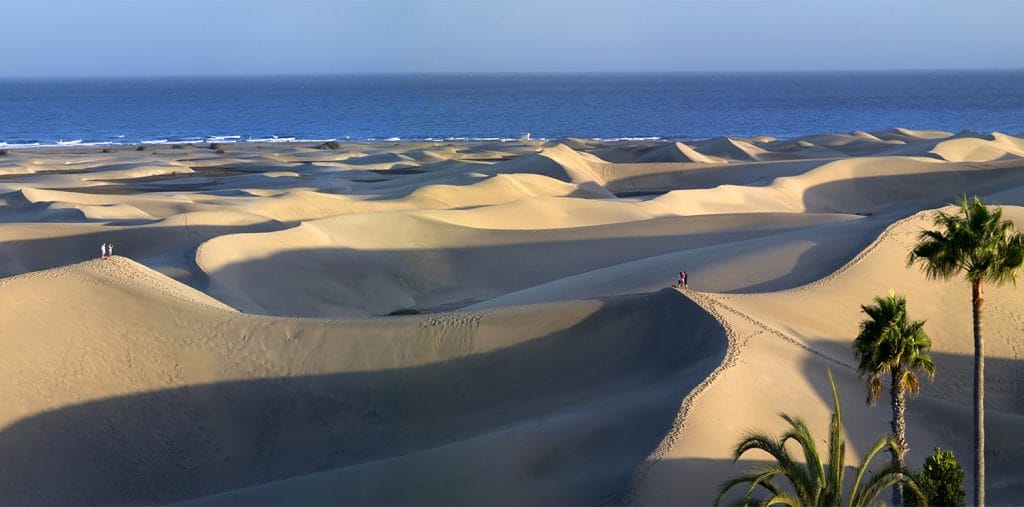
Maspalomas needs a separate section. Golden sandy beaches, shallow waters, sand dunes, high-end hotels and 17 km of stunningly beautiful coastline make it an ideal base for exploring the island for free, one area is for nudists only and the other is perfect for families.
Along the beach you will find a wide variety of water sports, why not go sailing, water skiing or diving? During the day, Maspalomas is a relaxing place. By night though, get ready to party.
There is a wide variety of clubs and lounge bars. In addition, the gay community considered Maspalomas to be their favourite area, as it was awarded the Blue Flag, Maspalomas Beach has sand dunes like the Sahara desert and the protected area is declared a national park. For families, there is Holiday World, a leisure park, Palmitos Park, where there are more than 1500 species of birds, Moonlight Cinema, an open-air cinema, or Poema del Mar. On a stroll, you will probably see the Faro de Maspalomas, a lighthouse at the end of the promenade.
Don't miss Playa del Inglés, with vibrant resorts and English-themed entertainment. Other places to visit include La Charca, which is a seawater lagoon, and El Oasis. There's also Aqualand for a family day out, Sioux City, a Wild West area, and Mundo Aborigen, for Canarian culture and history.
Which plan to follow on your holidays?
Don't miss the Experience Teide peak excursion: on foot or by cableway
Get to know the most visited national park in Europe and climb the highest peak in Spain. Exceed your limits on this excursion of ascent to Teide peak with permits.
If you want to live a unique and environmentally friendly experience, and also get to know the Teide National Park with a Senda guide, which has been declared a World Heritage Site by UNESCO, then this is the place for you. Unesco World Heritagebook your place for a guided visit to Teide with permits.
CANARY ISLANDS: CULTURE

The Canarian character is sociable, helpful, charming and polite. Everyone could say that the Canary Islands is a friendly environment. Their spoken dialect is similar to the dialect of southern Spain, and is also influenced by South American Spanish.
The Canarian diet is delicious! Roast fish, unusual potatoes, gofio, almogrote, very good fruity white wine...
Typical dishes of the area are tremendously popular and will make your mouth water. Considering art, Cesar Manrique, sculptor, environmentalist and urban planner, left an incredible legacy, especially in Lanzarote, saving areas from mass tourism with a very special and particular style.
Canary Islands: natives
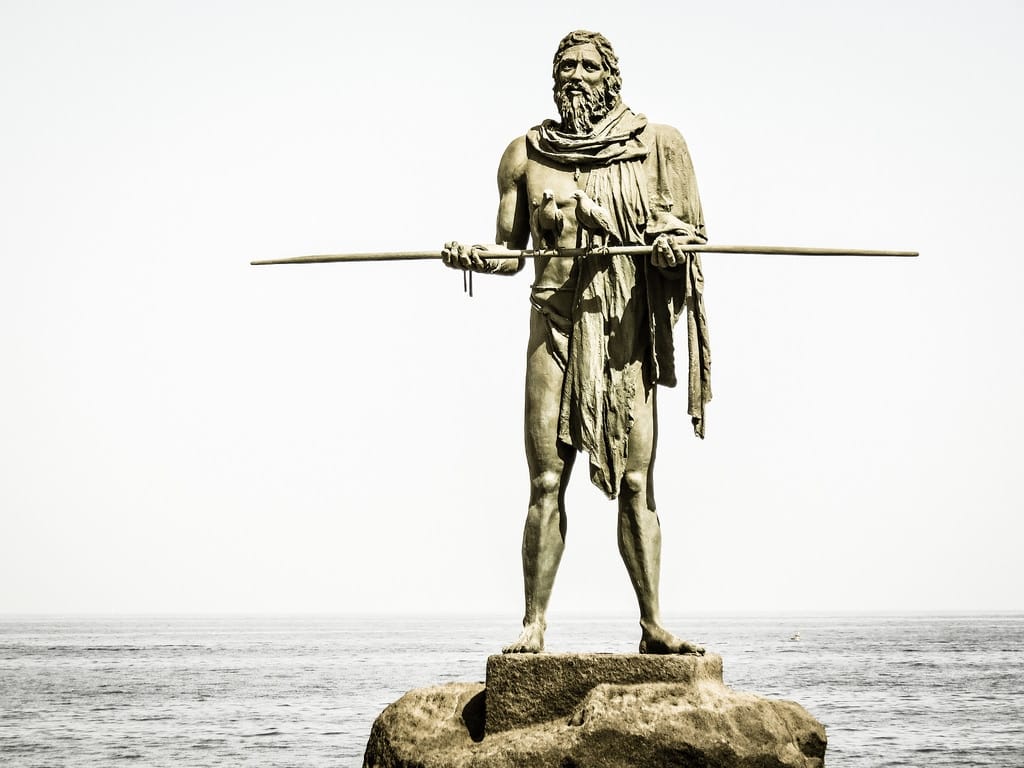
The natives of the Canary Islands are called Guanches, who lived in isolation on the island of Tenerife more than 500 years ago. As a result, their technology was primitive, although they spoke their own language. Today it is a lost culture.
Some died fighting, others were affected by disease and the rest assimilated the Spanish culture.
These people were probably related to the Moroccan Berbers from North Africa. Today, only a small part of the population can claim lineage with the Guanches.


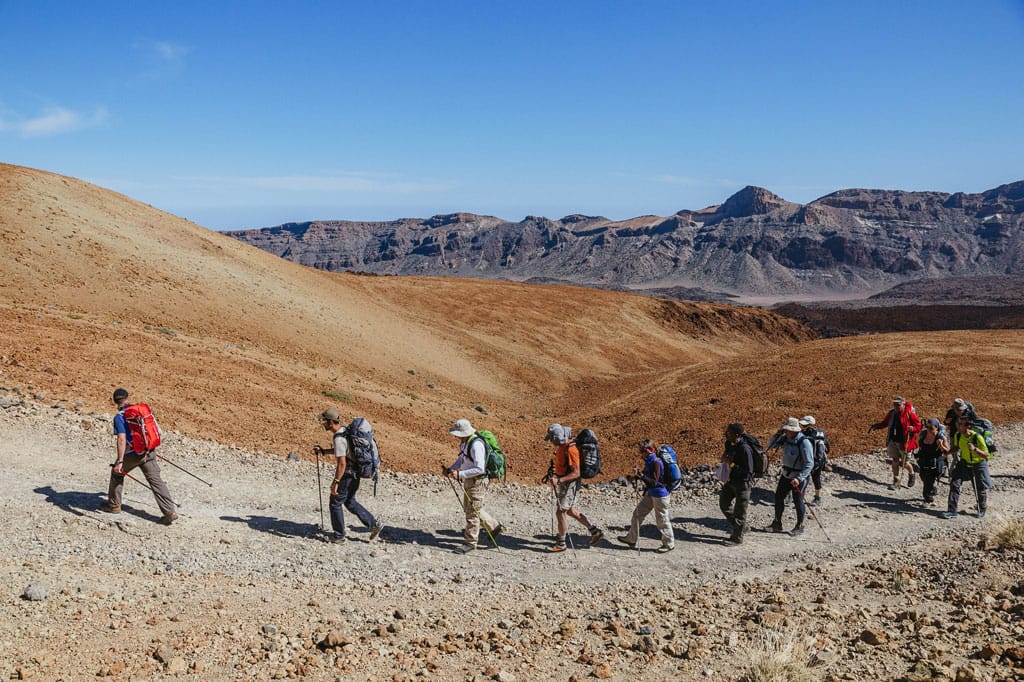
Add comment